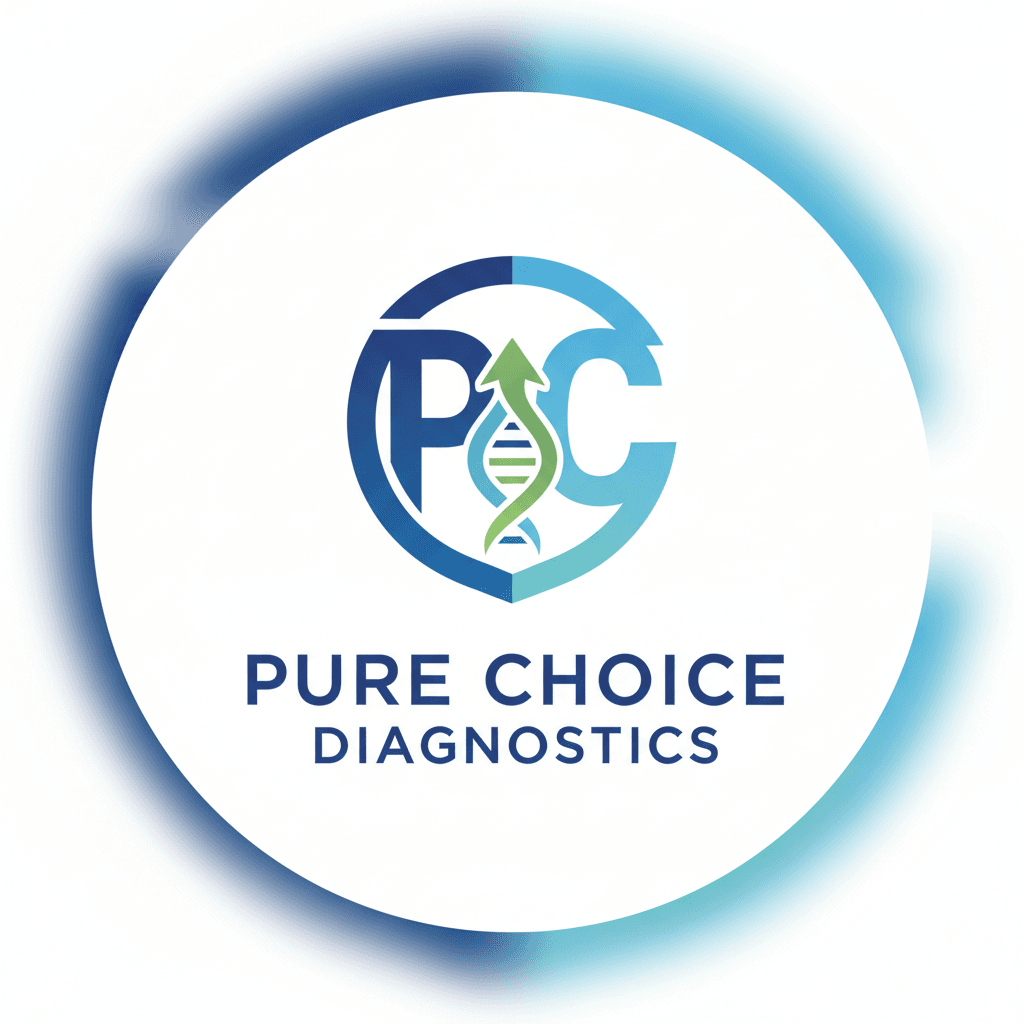Understanding Non-Invasive Paternity Testing: What You Need to Know
Introduction to Non-Invasive Paternity Testing
When it comes to determining paternity, non-invasive prenatal testing (NIPT) is a modern, safe, and reliable method. Unlike traditional methods, which may involve invasive procedures and carry certain risks, NIPT offers a risk-free alternative by analyzing the fetal DNA found in the mother's blood. This advancement in genetic testing technology ensures that families can get the answers they need without compromising the health of the mother or the unborn child.

How Does Non-Invasive Paternity Testing Work?
The process of non-invasive paternity testing is relatively straightforward. During pregnancy, a small amount of fetal DNA circulates in the mother's bloodstream. By drawing a blood sample from the mother, specialists can isolate and analyze this fetal DNA. The test compares the DNA profiles of the fetus and the potential father to determine paternity with high accuracy. This method is typically available from as early as the 8th week of pregnancy, providing peace of mind much earlier than traditional methods.
The Science Behind NIPT
Non-invasive paternity testing relies on advanced DNA sequencing technologies. Once the maternal blood sample is collected, lab technicians use sophisticated techniques to extract cell-free fetal DNA. This genetic material is then compared to the DNA from the alleged father. The test focuses on specific genetic markers that are unique to each individual, allowing for precise and reliable results.

Benefits of Non-Invasive Paternity Testing
There are several advantages to choosing NIPT over traditional paternity tests. First and foremost, it eliminates the risks associated with invasive procedures like amniocentesis or chorionic villus sampling, which carry potential complications such as miscarriage.
- Safety: Since NIPT is performed using a simple blood draw from the mother, it poses no risk to the baby or mother.
- Early testing: With the ability to be conducted as early as 8 weeks into pregnancy, families can obtain information sooner.
- Accuracy: NIPT provides highly accurate results, often exceeding 99% in determining paternity.
Considerations and Limitations
While non-invasive paternity testing offers numerous benefits, there are some considerations to keep in mind. Firstly, it is essential to ensure that the test is performed by a reputable laboratory to guarantee the accuracy and reliability of the results. Additionally, while NIPT is highly accurate, there may be rare cases where results are inconclusive due to insufficient fetal DNA being present in the mother's blood sample.

Choosing the Right Testing Service
Selecting a reliable and accredited testing service is crucial when considering non-invasive paternity testing. Look for labs that are certified and have a track record of providing accurate and confidential results. Many services offer at-home sample collection kits, making the process convenient and discreet.
Cost and Accessibility
The cost of non-invasive paternity testing can vary depending on the service provider and location. While it may be more expensive than traditional methods due to its advanced technology, many find the peace of mind and safety it offers to be worth the investment. It's advisable to research different providers and compare their offerings before making a decision.
In conclusion, non-invasive paternity testing represents a significant advancement in prenatal care, offering a safe, accurate, and early option for determining paternity. By understanding how it works and what to consider when choosing a service, expectant parents can make informed decisions that best suit their needs.
